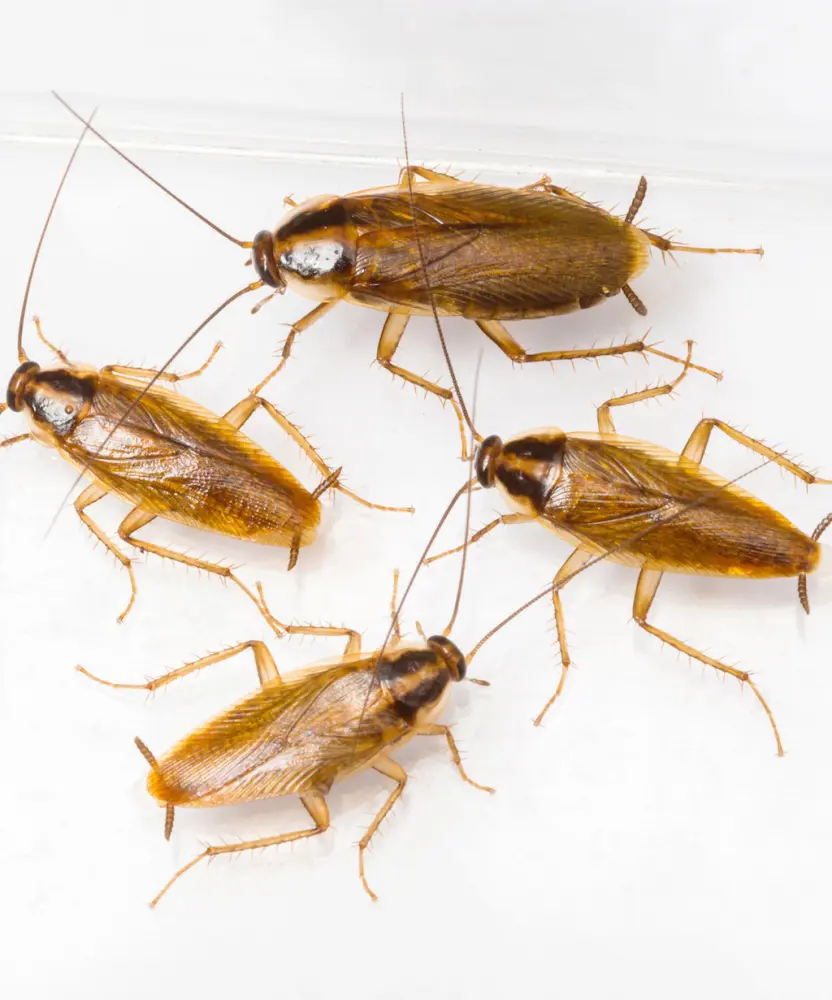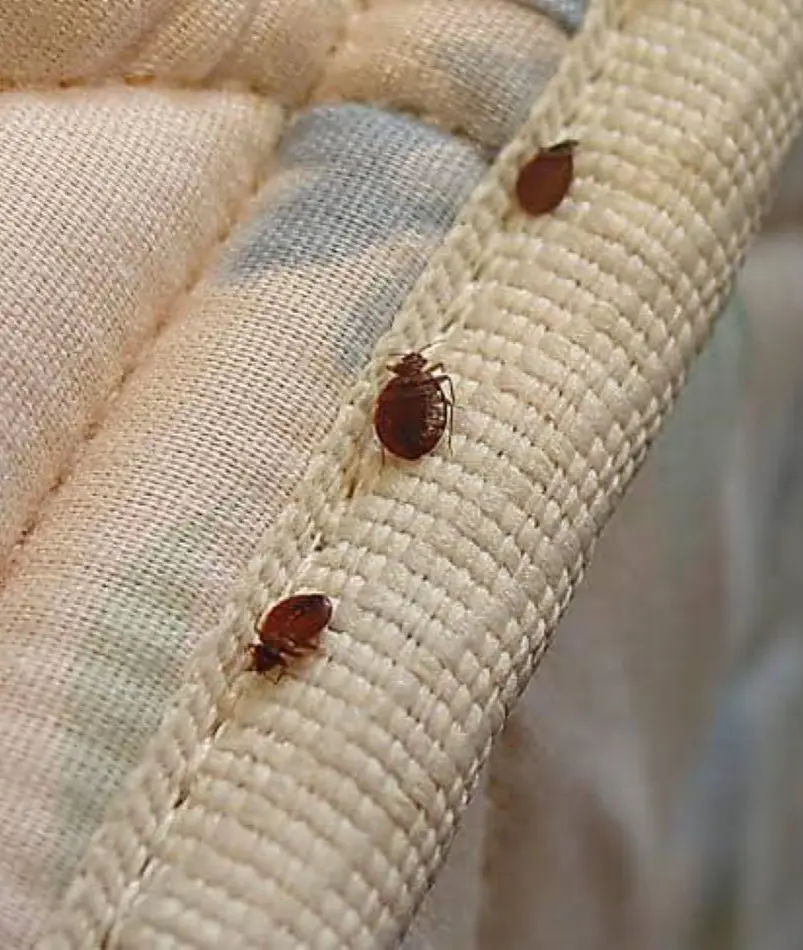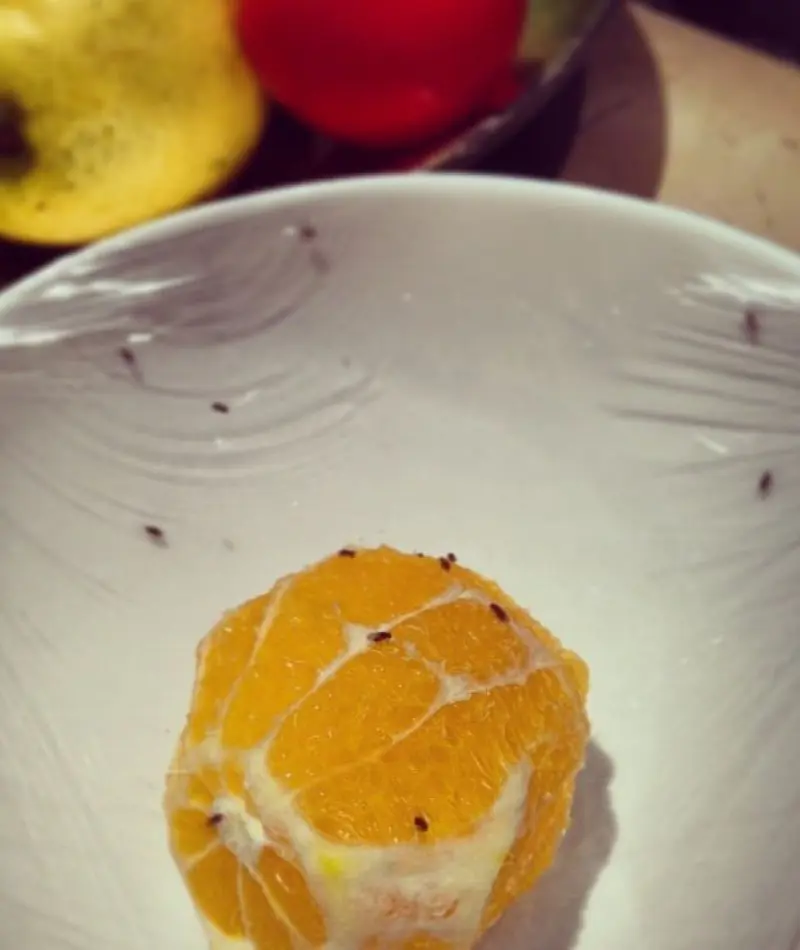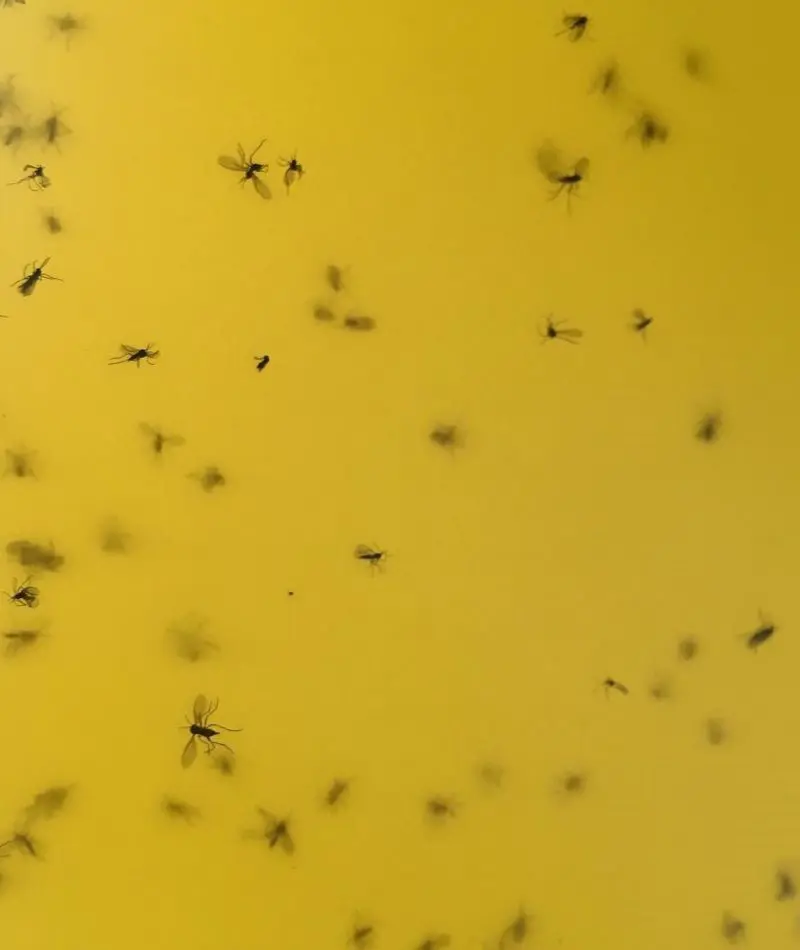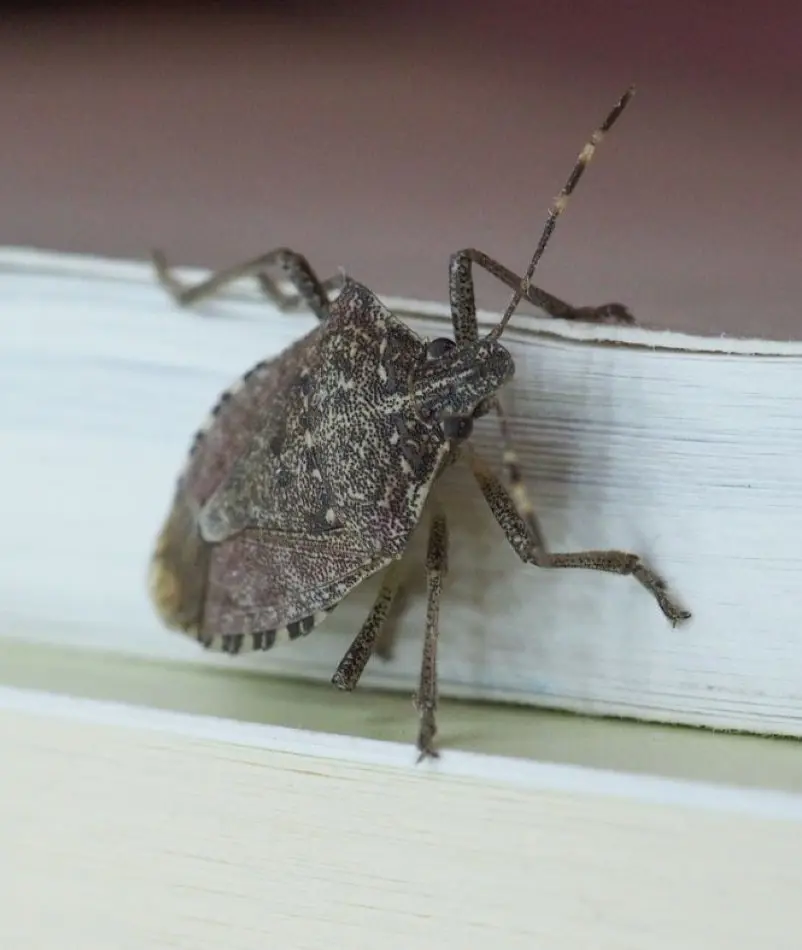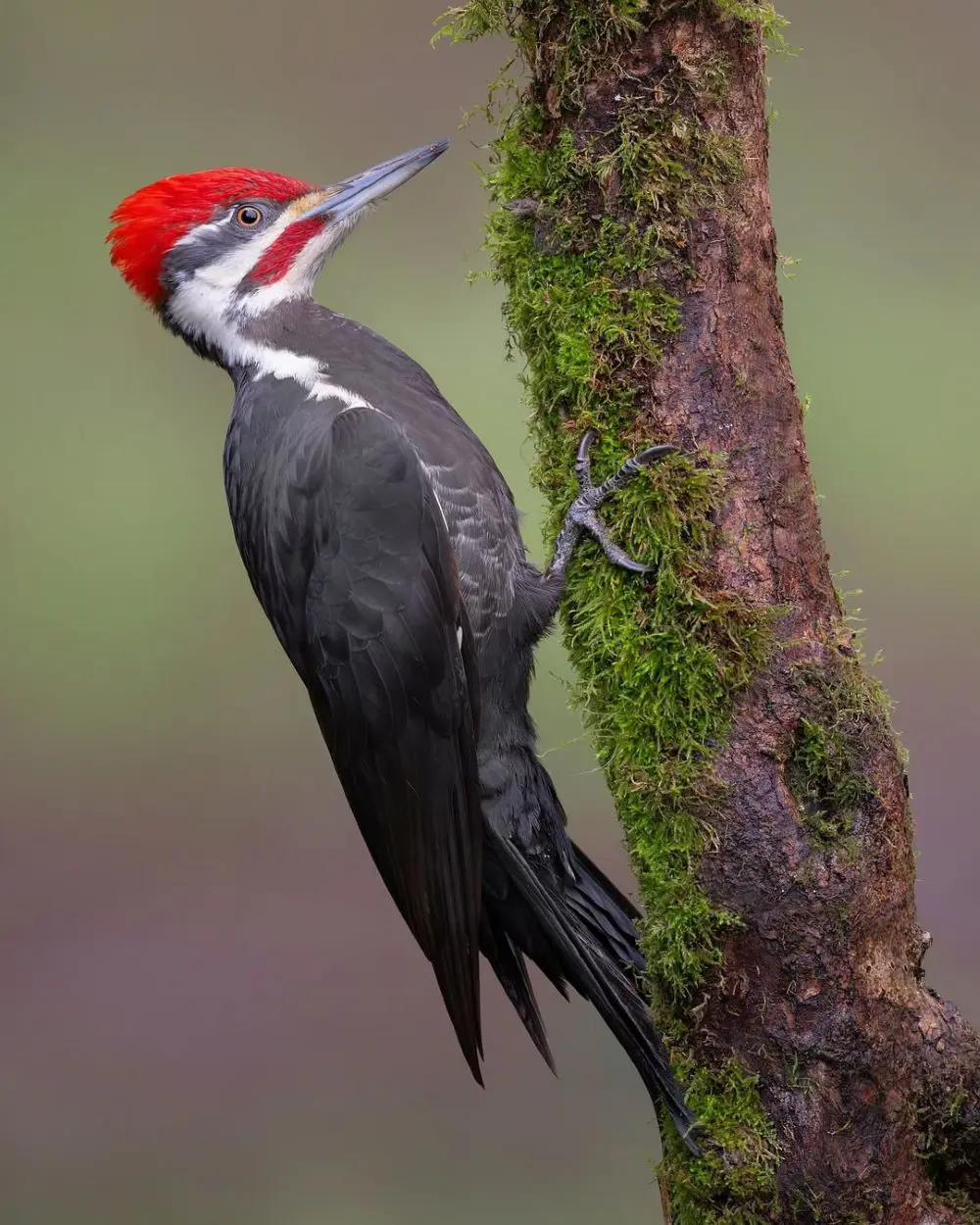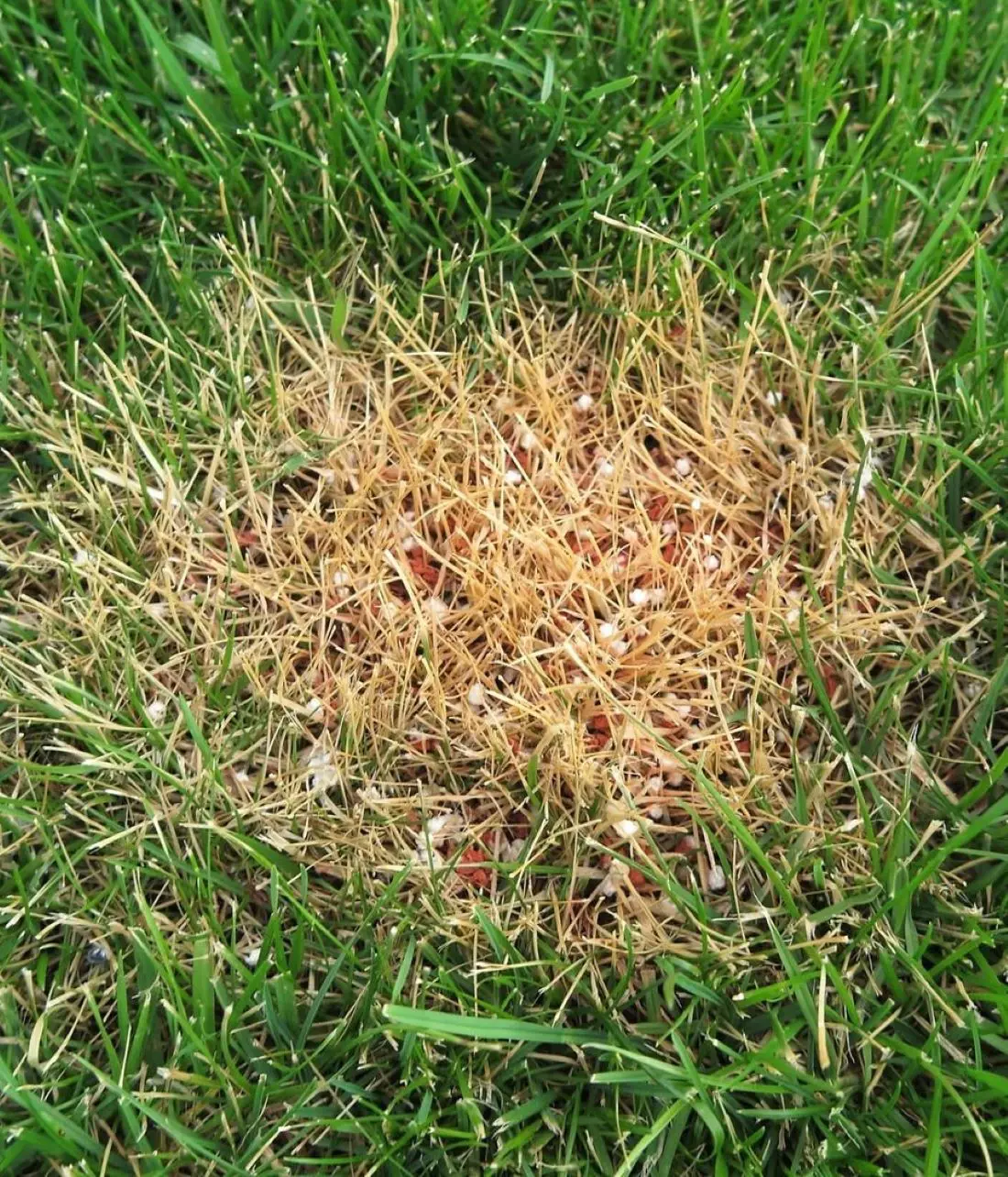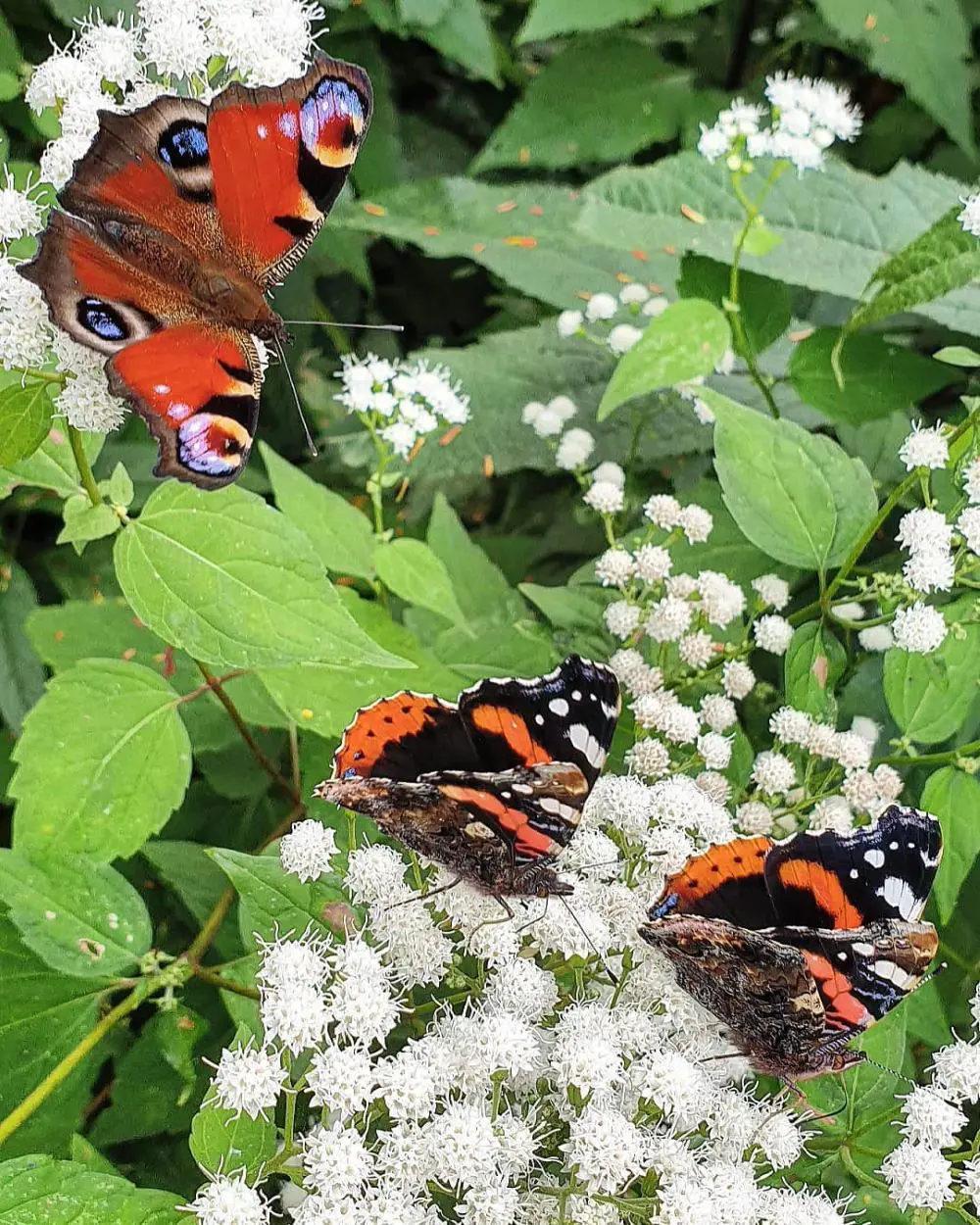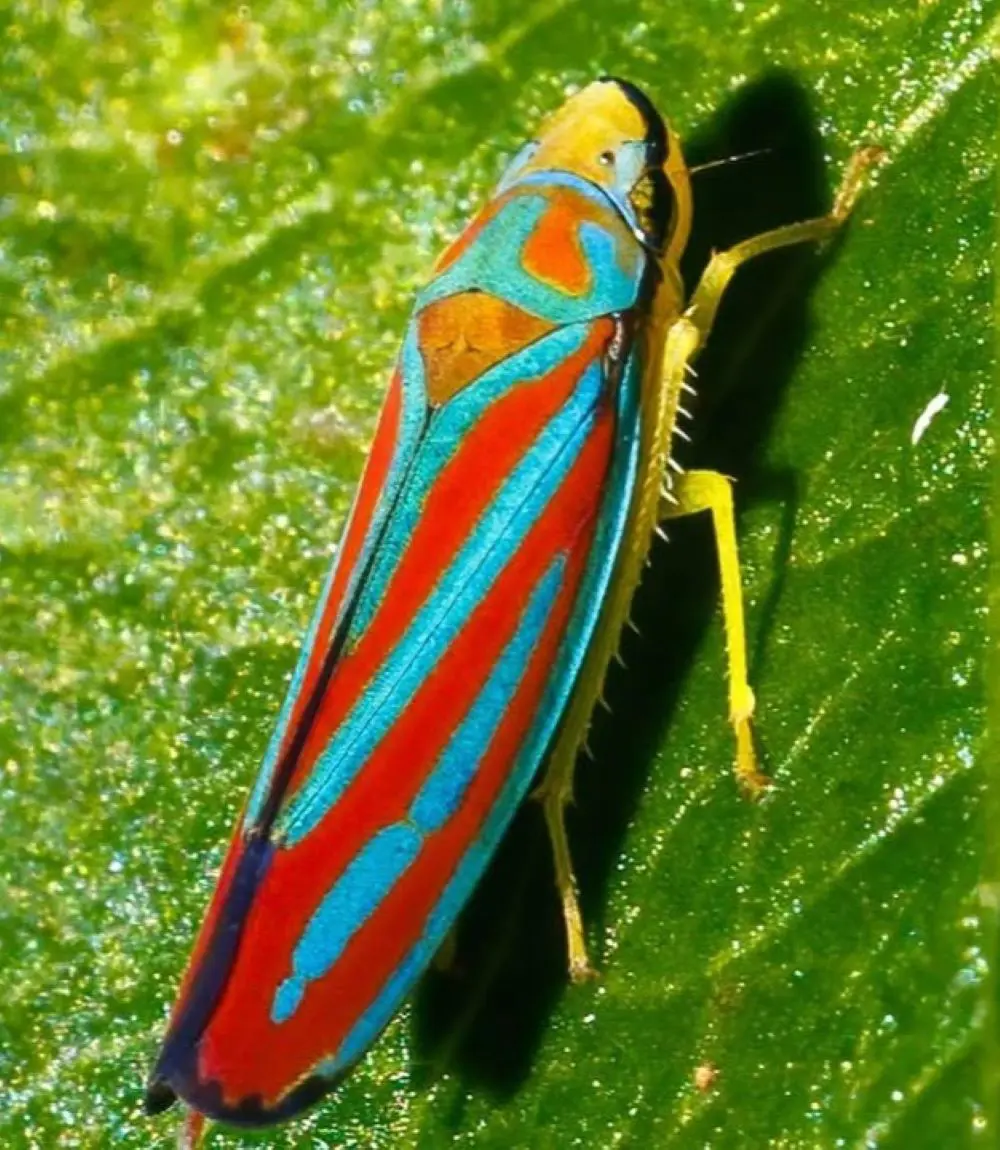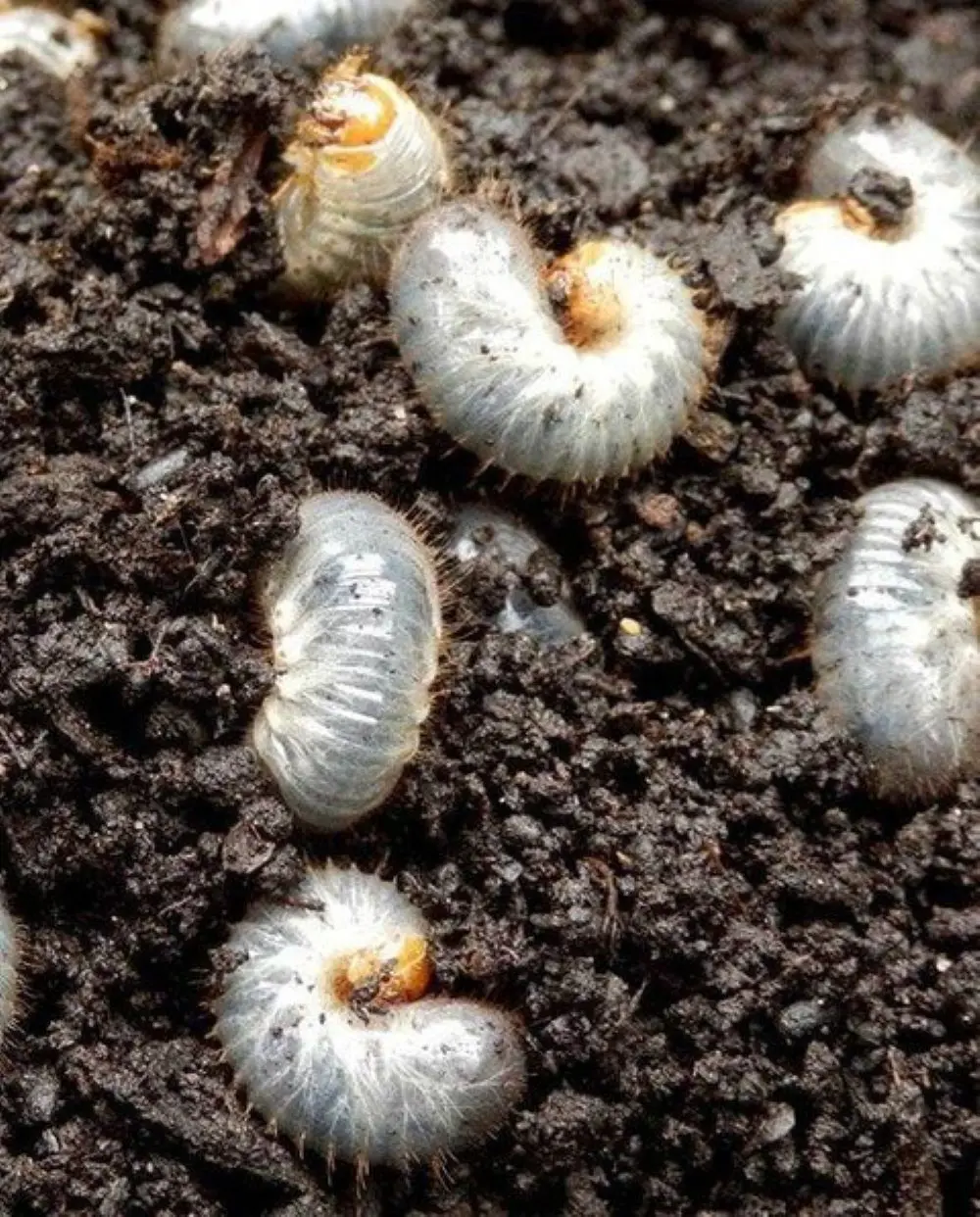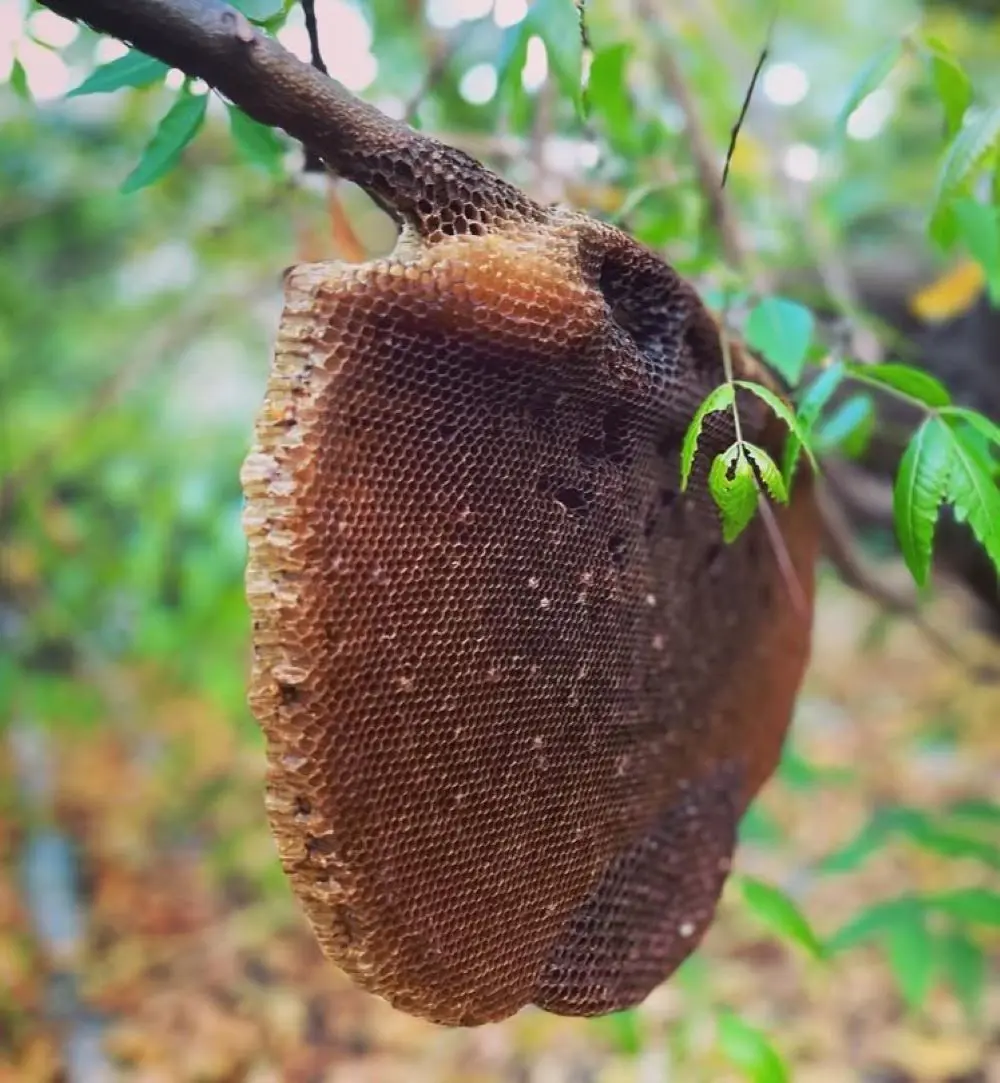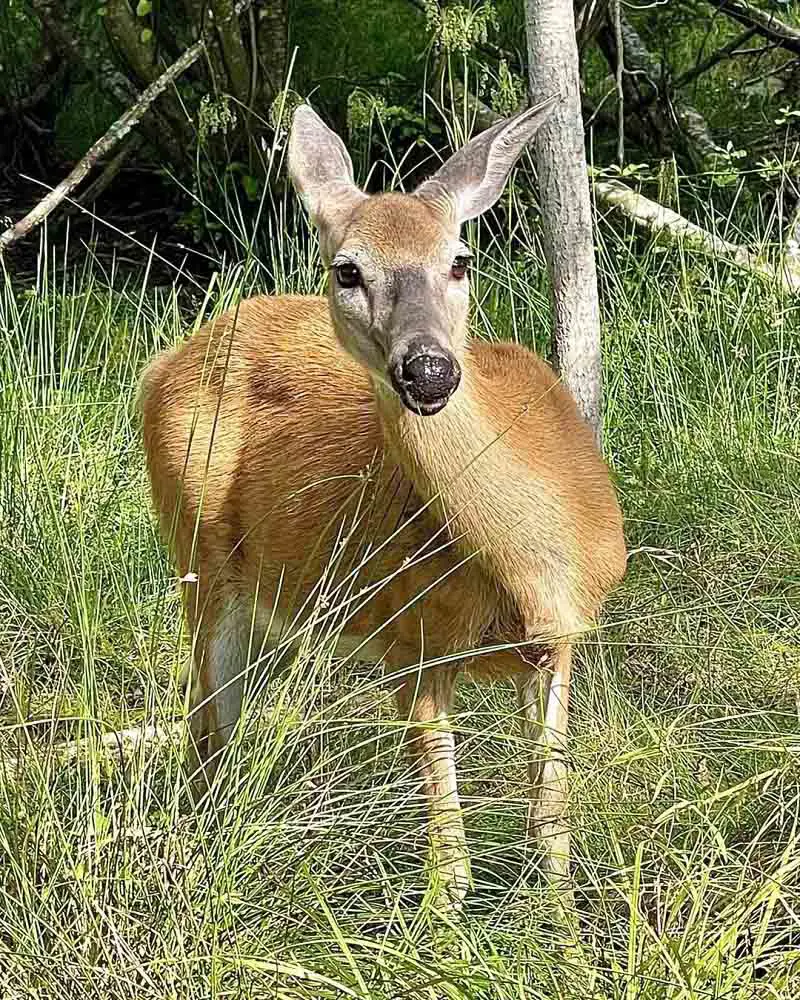Here are some general ways you can handle these common house bugs:
Keep Your Home Clean
Keeping your home clean is crucial in preventing and managing these pests. Regular cleaning involves removing food crumbs, spills, and other residues, vacuuming carpets, sweeping floors, and wiping surfaces.
You also have to clean up clutter and wash dishes to reduce hiding spots and breeding grounds. Maintaining a clean environment disrupts the life cycles of pests and makes your home less appealing to them. This approach reduces the likelihood of an infestation and supports overall pest management efforts.
Seal Entry Points
Sealing entry points prevents bugs from invading your home. Insects and pests often find their way inside through small cracks and gaps around doors, windows, and walls.
Inspect your home for potential entry points, such as gaps between the door and its frame, cracks in the foundation, or holes around pipes to address this. Use appropriate materials to seal these openings. Ensure screens are intact and repair any damaged areas to block pests from entering.
Proper Food Storage
Proper food storage keeps pests at bay. Therefore, store all food in airtight containers to prevent insects from being attracted to your kitchen. This practice keeps the food fresh and ensures that pests cannot access it.
Regularly inspect your pantry and cupboards for any signs of infestations or expired food, and remember to dispose of any contaminated items. Keeping food well-contained and your kitchen clean can reduce the likelihood of a pest problem.
Professional Help
For severe infestations, it might be necessary to consult a pest control professional who can provide targeted treatments. These experts have specialized knowledge and access to advanced solutions that target specific pests effectively.
They can assess the extent of the infestation, identify the type of pest, and apply appropriate, safe, and efficient measures. Professionals also offer advice on preventing future infestations and may provide ongoing monitoring to ensure the problem is resolved.
